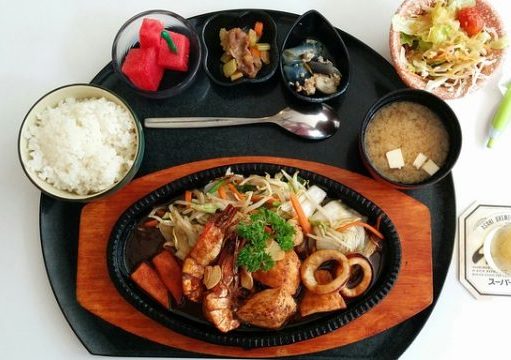
When you think of “Japanese food,” you may have a vision of a beautifully plated sushi or a table full of small yet intricate dishes that are feasts for the eyes just as they are for your taste buds. But here is the big secret: There is nothing magical or intricate about Japanese home cooking. Cooking methods are pretty much the same, if not actually simpler, as any other types of cooking. The magic, if there is any, of Japanese home cooking is in the few key ingredients that are used.
Japanese cooking continues to evolve and as more ingredients from all over the world are infused into Japanese cuisines, you see more interesting and fabulous recipes emerge. But these key ingredients that are foundation to the Japanese cooking remain the same.
The produce and seafood are where Japanese dishes sometimes become harder to replicate, especially in the States where some of the items are not readily available at the local grocery stores. But over the years, we have found substitutions from everyday ingredients to make many of these recipes work, again relying on the same foundational Japanese ingredients.
Commonly used Japanese ingredients you should have
Here are some of the most commonly used ingredients to make homemade Japanese food that you should have in your pantry or fridge. Just by having these items on hand, a whole new world of Japanese cooking will open up for you!
Soy sauce
You may already have soy sauce since it is the #1 condiment in Asian cooking. To make Japanese food, however, be sure to use the Japanese brand soy sauce, like Kikkokan or Yamasa. Also, always choose the low sodium kind. One tablespoon of regular soy sauce contains about 40% daily value of sodium whereas the low-sodium soy sauce only contains 20%. You can cut the sodium level in half without missing out on the taste. While soy sauce may or may not be gluten-free depending on how it’s made, you can look for gluten-free soy sauce which is sometimes labeled as “tamari” in the States. (Note that “tamari” does not directly translate to “gluten-free soy sauce” in Japanese.)

